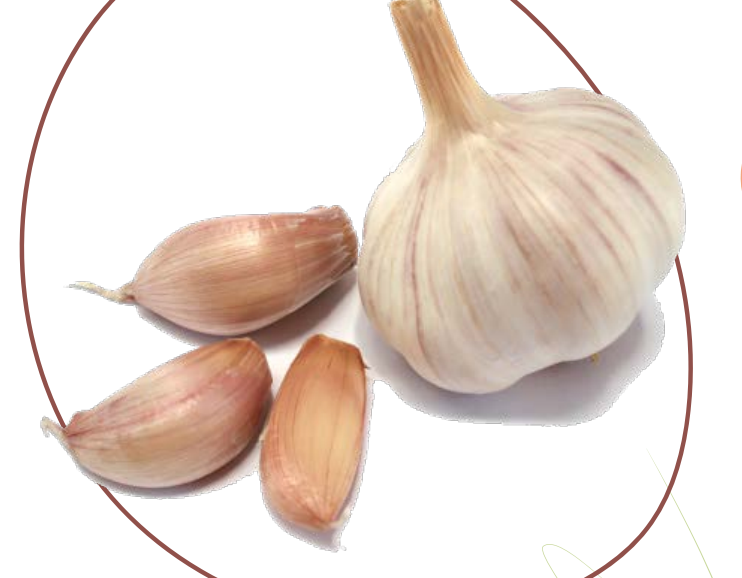Grow your own vegetables at home.
- Conscious Change

- Nov 8, 2020
- 4 min read
We recently ran a workshop with Seed Sprout Change who partnered with us to spread their tips and tricks of growing your own vegetables at home and plant propagation.
What kind of vegetables are suitable for growing in pots?

Lettuce - min pot depth 6"
Spring Onion - min pot depth 4"
Peas and Beans - min pot depth 12"
Tomatoes - min pot depth 12"
Chilli Peppers - min pot depth 12"
Mushrooms - min pot depth 10"
Did you know?
Growing mushrooms doesn't require seeds at all! You can simple blend fresh mushrooms and pour the mixture onto fertile ground!
Regeneration
Regeneration is when you take the seeds from a vegetable and plant them for reuse!
How to: Extract Seeds
Tomatoes - dig out the seeds of ripe tomatoes and pour into a pot of water. Soak for 2 days and then rinse the pith off and dry on kitchen paper for 2 weeks on a windowsill. This paper (with the seeds on) can then be planted with compost.
Chilli Peppers and Bell Peppers- these seeds are found inside the chillies, they will have a lot of soft tissue attached so make sure to rinse off all the fibre! Spread them on a kitchen towel after to dry in a bright but cool spot before use.
How to: Save the seeds

After harvesting the seeds make sure to store and label them as soon as possible.
Envelopes and jars are good containers to use dependant on size and a
The key in storage is to keep the seeds cool and dry, warmth will make them germinate and/or mould.
Different seeds have different lifespans. Specific life duration will depend on variety and storage conditions.
How to: Plant
Step 1. Dig a hole, find a pot, or better yet reuse a plastic container.
Step 2. Fill with soil (if it is dry add a few drops of water and mix)
Step 3. Poke a hole, drop in a seed, and cover back up
Step 4. Water!
Propagation
Propagation is when you take part of a plant and use it to regrow roots which you can then plant yourself in soil! This is what you may have seen people do with avocado seeds and lettuces.
Lettuce - specifically romaine or butterhead

For this you should start with the bottom 2 inches of the lettuce, this is the part where all the leaves come together.
Most store bought lettuce has a seal at the bottom (where it is brown and hard) so slice off that too.
Place these in a container with an inch of water in, enough so the ends can soak and begin to sprout roots.
These will begin to sprout over the next week, while this happens make sure to change the water every 2 days.
In 1-2 weeks you should see some roots begin to grow from the bottom of the lettuce bottoms, these are now ready to plant!
Leeks and Spring Onions
After use of the vegetable you are usually left with the white bottom part of the leek.
Store bought leeks often have all the roots already on them therefore, all you have to do with this bottom part of the vegetable is, push 3 toothpicks a few cm into the leek and rest it in a cup of water (with space at the bottom for the roots).
In 3 days you should begin to see the top shoots have started growing. Make sure to change the water around twice a week.
After 10 days you should notice new roots sprouting out the bottom, these are now ready to plant.
Before planting make sure to remove any extra layers at the bottom which have begun to decay/not grown into shoots.
You want to plant them around 2 inches deep into the soil so the roots are fully covered but the shoots are above the surface.
How To Grow Garlic and Squash Workshop
What you’ll need:
Organic garlic cloves (preferably sprouting)
Pumpkin seeds (from a fresh pumpkin)
Pots to grow (recycled plastic containers or cans work a treat!)
Soil
Water
Garlic

Choose a large container (a plastic mushroom container is recommended for two cloves)
Fill your container with soil to the top
Gently push cloves in, large end first with half cm poking up at the top
Lightly water
Water every second day at the beginning, just enough to keep soil constantly damp. Later, garlic will need extra water for the bulb to grow If you have outdoor space – transfer garlic to soil from February.
Preparing pumpkin and squash seeds
Wash seeds and pulp under running water in a sieve
Remove seeds from pulp and give them a second rinse
Once cleaned, leave in a glass of water overnight
Seeds that have floated to the top are not viable – throw away
Dry remaining seeds on a tray or tea-towel for several days
Once dry place in a paper envelope or jar and store in a dry, dark place until you’re ready to sow
Pumpkin/squash

Fill your container with soil to the top
Poke hole in the soil 2cm deep
For this you should start with the bottom 2 inches of the lettuce, this ithe part where all the leaves come together.
Cover lightly with more soil
Lightly water
Monitor soil and water lightly, just enough to keep soil damp. Transfer outdoors from May onwards. Plants prefer open and sunny with lots of water. Harvest between September and November.
Be sure to give Seed Sprout Change a follow for some more great hacks and tips!






Comments